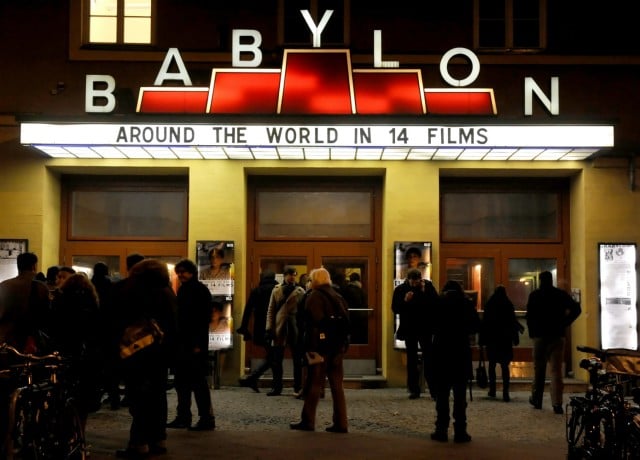 The front entrance of the Babylon in Mitte. Photo: DPA
The front entrance of the Babylon in Mitte. Photo: DPAArt, creativity and technology flourished during the Weimar Republic in Berlin, with Germany creating more films in the 1920's than the rest of Europe combined, including cinematic masterpieces such as 'Metropolis', 'Der Blaue Engel' and 'Das Cabinet des Dr Caligari'.
Not to be confused with the Babylon Kreuzberg which only dates back to 1955, the Babylon Kino in Mitte opened in 1929 in the brief golden age of the Weimar Republic. The retro neon sign above the cinema entrance means you feel like you are back in 1920's Berlin, before even stepping into the building.
The programme at the quirky venue near Rosa-Luxemburg-Platz tends to stay away from mainstream releases, showing instead old-school favourites, foreign language films, silent movies, cutting-edge documentaries, live theatre streams and more.
The cinema doesn't sell popcorn, but who cares when you can relax with a glass of wine and enjoy a Charlie Chaplin classic while taking in the art deco interior.
This historic dance hall celebrated its 100th birthday in 2013 and it's still going strong. Beloved by 20-somethings to 80-somethings, there is a designated dance style for each night of the week but the music becomes less genre specific as the night goes on.
There are paid lessons available for all kinds of abilities, or you can join in a free salsa dance-taster on Mondays or swing-dance taster on Wednesdays. While the nostalgic lower floor dance hall vibe is good fun, it's the Spiegelsaal, meaning 'mirror hall', upstairs which truly takes your breath away and hosts events and concerts throughout the year.
For anyone who doesn't think the foxtrot or tango is for them, there is also a restaurant and Biergarten which serve pizza and traditional German dishes, where you can soak up the atmosphere without having to show off your moves.
3. Das Bauhaus-Archiv / Museum für Gestaltung
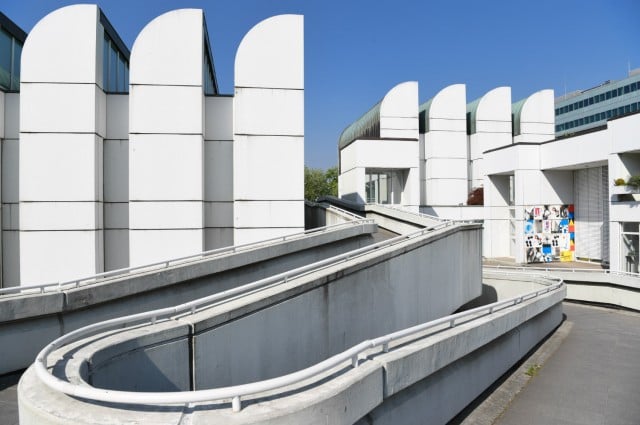 Bauhaus Archive and Museum of Design. Photo: DPA
Bauhaus Archive and Museum of Design. Photo: DPA
The Bauhaus school was arguably the most important school of architecture, art and design of the 20th century. Bauhaus arose as a response to industrialisation, with a focus on uniting art, design and manufacturing and creating attractive but overall functional pieces and buildings.
The name 'Bauhaus' is an inversion of the German word 'Hausbau', meaning 'house building', and this is representative of the way the school turned ideas about design on their head and moved away from traditional conventions and ornate designs.
The school was founded by Walter Gropius in Dessau, Weimar and was open from 1919 until 1933, when it was shut down by the Nazi party. In 1960, German art historian Hans Maria Wingler created the Bauhaus Archive in Darmstadt, with the support of Walter Gropius and other former Bauhaus members.
The museum moved to Charlottenburg in 1971 with funding from the state of Berlin and in 1979, construction was completed on the purpose-built Bauhaus Archive / Museum of Design which now houses a comprehensive permanent collection of Bauhaus creative works as well as materials documenting the history of Bauhaus, alongside exhibitions of more recent design work.
A bar with a decidedly jazzy and nostalgic 1920's vibe, hosting burlesque shows and jazz nights – what more could you want? For a taste of the hedonism and sexual liberation during the Weimar Republic, look no further than the Prinzipal Kreuzberg, where Burlesque shows can be seen on various days throughout the week, but particularly on Thursdays and Saturdays.
The bar has a cosy, speakeasy feel, tucked in between kebab shops and dive bars on Oranienstrasse. Once you ring the bell and get through the anonymous-looking steel doors, you'll be transported back to the 'Golden Era' of Berlin.
The apothecary style bar offers drinks which are potentially on the pricier side but are designed by cocktail queen Julia Comu and served by staff in custom corsets and makeup to rival Dita von Teese.
Be warned that the door staff are characteristically direct and booking is advised if you want to have a table to watch one of the glamorous shows.
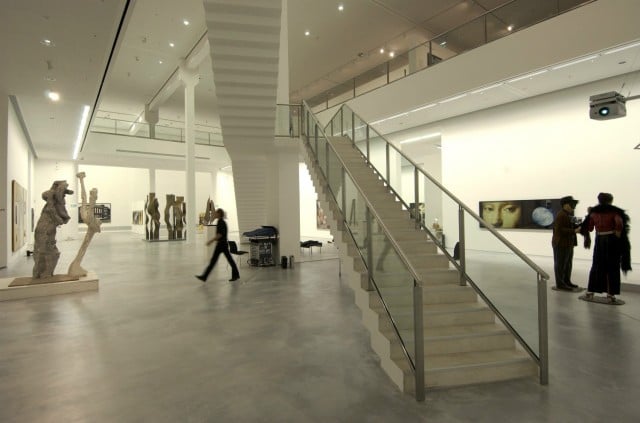
Often voted as the most popular art gallery in Berlin, the Berlinische Galerie houses a range of modern art, photography and design, with temporary exhibitions throughout the ground floor and floating staircases leading up to the gallery's permanent collection, 'Art in Berlin 1880-1980'.
This collection provides a multifaceted tour through this incredibly turbulent 100 year period in the city's history. It is the perfect way to really understand the political and social factors which influenced the revolutionary, experimental styles which came about in the artistic and cultural boom of the Weimar Republic, as well as being able to learn about other important artistic movements in Berlin's history.
The Berlinische Galerie's strongest collections include Dada Berlin, the Neue Sachlichkeit (New Objectivity) and the Eastern European avant-garde and the museum’s newest addition focuses on the ‘Golden Twenties’ in the republic.
The exhibition on artist and painter Jeanne Mammen shows her work from 1910-1975, displaying 170 piece. Her work depicts the glamorous figures and glitzy nightlife of the 1920s in true-to-style quirky fashion.
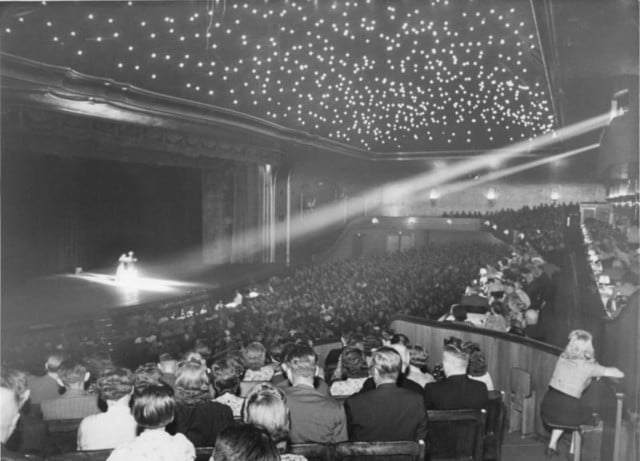 Interior of the Wintergarten in 1940. Photo: Wikipedia
Interior of the Wintergarten in 1940. Photo: Wikipedia
Opened in 1887, the original Wintergarten theatre was situated in a glass-roofed winter garden room at the Central Hotel in Friedrichstrasse, but the building was renovated in 1900 to have a purpose-built theatre interior.
From 1888 it staged spectacular revues and shows which were hugely popular in the 1920's. Unfortunately, the theatre was a victim of the bombings during the war and closed in 1944 but a new incarnation was opened in September 1992, near Potsdamer Platz.
The ceiling is full of shining stars and audience members can order anything from a drink or a snack to a three-course meal while watching showgirls, acrobats, singers and more.
7. Quasimodo
A jazz bar such as Quasimodo is the ideal place to experience the kind of creative spirit which characterised the Weimar Republic. Located in Charlottenburg, it is one of the oldest and best jazz cafes in Berlin and one of the most famous live music clubs in Europe.
Quasimodo began its life in 1927 as a 'Tanslokal', meaning 'dance local', under the name 'Delphi-Palais'. The building was heavily damaged in the Second World War and was rebuilt as the Delphi Filmpalast cinema which is still open to this day. Meanwhile, the cellar, known as 'Quartier von Quasimodo', became a popular meeting place for students, tourists and night owls and the cellar bar began to mutate into an 'underground' jazz venue.
In 1975 Quasimodo received its current name and was reborn as a club completely focused on live music, under the management of Georgio Carioti.
The club is open throughout the week with jazz, funk, blues, soul, latin, rock and everything in between. Even stars such as Prince, Nigel Kennedy and Chaka Kahn have held surprise gigs there.
8. Funkturm
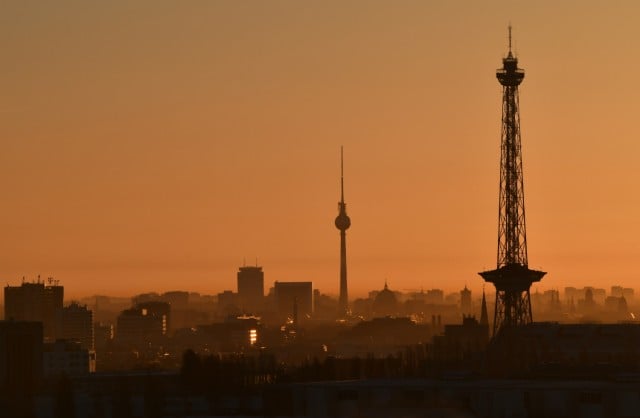 Berlin Funkturm (right) with the Fernsehturm visible in the distance. Photo: DPA
Berlin Funkturm (right) with the Fernsehturm visible in the distance. Photo: DPA
The Berlin Funkturm, meaning radio tower, is essentially the Eiffel Tower's little brother. Although it is a little less well known, less central and smaller than the Berlin Fernsehturm, it still boasts a 126m high viewing platform and a 55m high restaurant, as well as over 90 years of history.
During the war, the tower was damaged by a grenade but managed to remain standing on just 3 legs, but naturally it has since been repaired. The steel tower was designed by Heinrich Straumer and was completed in 1926, making it a landmark of the Golden Era of the Weimar Republic.
Head to Charlottenburg to ascend the historic monument for a view of the city. Viewing the city from the Funkturm has the added bonus of being able to include the Fernsehturm in your photos of the city skyline.
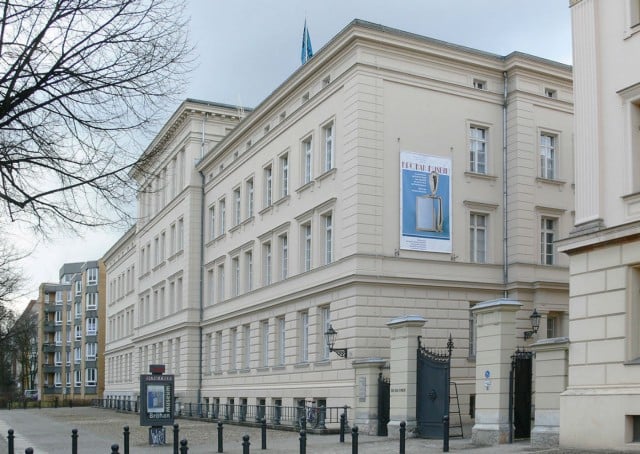 The Bröhan Museum in Charlottenburg. Photo: Wikimedia Commons
The Bröhan Museum in Charlottenburg. Photo: Wikimedia Commons
After the horrors of the First World War and the economic crisis of 1923, there was an explosion of new ideas in art and design in the Weimar Republic, and particularly Berlin.
The modest art museum, named after its founder Karl H. Bröhan (1921–2000), who donated his extensive private collection to the state of Berlin on his 60th birthday, houses exhibitions of art and design from the start of the 20th century to the outbreak of the Second World War.
The museum is a good way to view how practical applications of art changed throughout the period leading up to and during the Weimar Republic. Collections include ceramics, metalwork, furniture, graphic design and paintings from Art Nouveau in the 20th century to Art Deco and Functionalism which were prevalent in the 1920's and 1930's.
10. Bar Jeder Vernunft and Tipi am Kanzleramt
Provocative theatre and cabaret flourished in the 1920's, with performers satirising the world around them more openly and directly than ever before, addressing taboo topics such as political figures, clergy corruption, gender conflict and sexuality.
Although only 25 years old, Bar Jeder Vernunft is reminiscent of the night-life scene of the Weimar Republic, with a programme of the creme de la creme of Berlin and international 'Kleinkunst' such as musicals, comedy, theatre, drag and cabaret.
The name itself 'Bar Jeder Vernunft' is a pun on the German phrase meaning 'without any sense' and harks back to the comedic and satirising nature of cabaret, which is still present in this modern take on Weimar-era theatre.
The audience sits at small tables or in booths in the glamorous mirrored tent, which is an old Flemish dance tent from 1912 decorated in an art deco style. Also worth a visit is its younger (but much bigger) sister venue, Tipi am Kanzleramt.
Alongside a varied programme throughout the year, Tipi am Kanzleramt is also home to an annual summer production of the world-renowned musical 'Cabaret', meaning you watch the golden era of Weimar Republic unfold before you on stage.

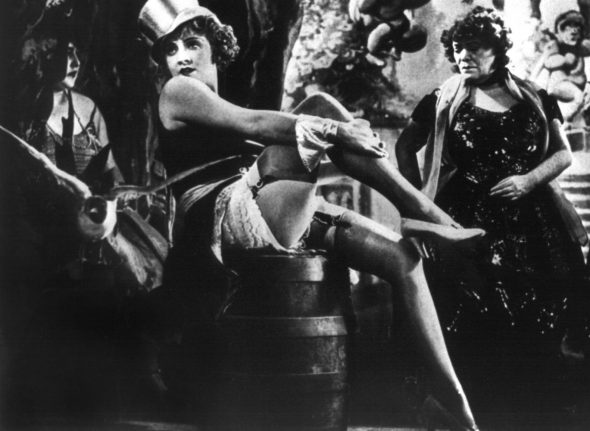

 Please whitelist us to continue reading.
Please whitelist us to continue reading.